Neon colors or fluorescent colors, with their unparalleled intensity and brilliance, are one of the flag-bearers of modern trends in design, fashion, and advertising. These colors, known for their light emission and strong presence, have gained a special place in various industries in recent years. These colors, with their vibrant and eye-catching glow, have transformed the world of art, design, and fashion. Often more visible at night or in well-lit environments, they symbolize excitement, innovation, and attractiveness. The use of neon in visual arts, advertising, and clothing conveys a sense of modernity and high energy, adding color and movement to events and urban spaces. In this article, we will explore the definition of neon colors, their applications, their psychological impact, and how to effectively use them in design and fashion.
What Is Neon Color?
Neon colors are a type of fluorescent color that, due to their high light reflectivity, are highly visible in various environments. These colors typically include neon green, neon yellow, neon pink, neon orange, and neon blue. They glow intensely under ultraviolet (UV) light or even in natural light, capturing the attention of viewers.
The main difference between neon color and regular colors is that neon color absorbs light energy and reflect it back in a brighter and stronger form. This characteristic makes neon color a powerful tool for grabbing attention.
These are not only tools for attracting attention but also symbols of boldness, creativity, and modernity. By understanding the psychology and applications of these colors, you can effectively incorporate them into your projects.
How Were Neon Colors Created?
Neon colors were first developed in the 1930s with advancements in lighting technology and new forms of color production. These colors are made from phosphorus compounds, fluorescent materials, and fluoroscents, which emit intense brightness when exposed to light. During production, specific chemical substances like fluorescent or phosphorescent pigments are used in coloring various materials to ensure they remain vibrant and glowing under light exposure. Today, modern technologies such as real neon (based on neon gas) and electrostatic colors make these hues more durable and radiant, widely used in modern designs and street art.
The Psychology of Neon Colors
Due to their brightness and high energy, these colors have distinct psychological effects on individuals. Some of these effects include:
- Attention-Grabbing:
Neon colors, because of their high intensity, quickly capture the attention of audiences. This makes them an ideal choice for advertisements and logos. - Energy and Happiness:
Neon colors are often associated with positive emotions, energy, and joy. They can convey a sense of innovation and youthfulness. - Boldness and Innovation:
Using these colors in design or fashion communicates a message of daring, creativity, and a willingness to break traditional rules. - Stimulating Curiosity:
Neon colors encourage viewers to explore details further. This makes them effective tools for engaging audiences.
Applications of Neon Colors
Due to their unique characteristics, these colors are used in various fields. Some of their most important applications include:
A) Graphic Design and Logos
Neon colors are used in graphic design and logos as tools for grabbing attention. These colors are particularly popular in logos of youthful and innovative brands. For example:
- Technology brands and video games use these colors to showcase innovation.
- Logos related to electronic music and youth-oriented events often feature these colors.
B) Fashion and Clothing
These colors are recognized in the fashion industry as symbols of boldness, innovation, and happiness. They gained significant popularity in past decades (such as the 80s and 90s) and are now making a comeback among young people. For example:
- Sportswear and sneakers often incorporate neon colors.
- Accessories like bags, shoes, and sunglasses also take on a modern and attractive look with neon hues.
C) Advertising and Marketing
Neon colors are used in advertising to capture audience attention. Billboards, posters, and digital ads often use these colors to create a strong impact. For instance:
- Advertisements for youth-oriented products like energy drinks and music events.
- Brands aiming to present themselves as innovative and dynamic also rely on neon colors.
D) Interior Design
These colors are widely used in interior design. They can create an attractive and modern atmosphere. For example:
- Neon lamps in cafes, restaurants, and entertainment venues.
- Colored walls or neon decorations in homes and offices.
E) Art and Digital Design
Artists and digital designers use neon colors to create captivating and modern works. These colors are especially popular in works related to technology, science fiction, and digital art.
Important Tips for Using Neon Colors
Despite their attractiveness and strong impact, using neon colors requires precision and balance. Here are some key tips:
- Use in Moderation:
Due to their high intensity, neon colors can become overwhelming if overused. It’s best to use them sparingly alongside neutral colors. - Alignment with the Theme:
Neon colors should align with the theme and message of the design. For example, using these colors in designs related to relaxation or tradition may not be appropriate. - Consider the Target Audience:
If your target audience is young people, using neon color can be highly effective. However, if your audience consists of professionals or traditional individuals, use these colors cautiously. - Combine with Other Colors:
To create balance, combine neon color with neutral tones like black, white, or gray.
Successful Examples of Neon Color Usage
Here are a few examples of successful neon color applications:
- Global Brands:
Brands like Nike, Adidas, and Puma use neon colors in their sportswear to convey a sense of energy and movement. - Public Art:
Neon lights in urban art and public space decoration are recognized as symbols of modernity and attractiveness. - Movies and TV Shows:
Films and series related to the future and science fiction often use neon color to create an advanced and modern atmosphere.
Conclusion
Neon colors, with their intensity and brilliance, have carved out a special niche in the worlds of design, fashion, and advertising. These colors not only grab attention but also evoke positive emotions like energy, joy, and innovation. However, using neon color requires precision and balance to harness their positive effects and avoid creating an overwhelming or fatiguing experience.

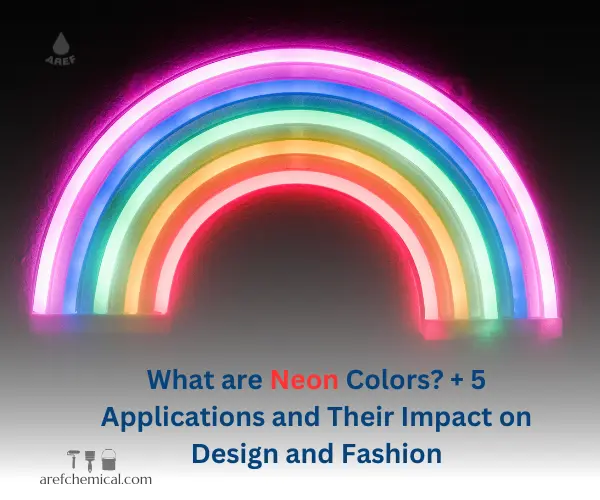
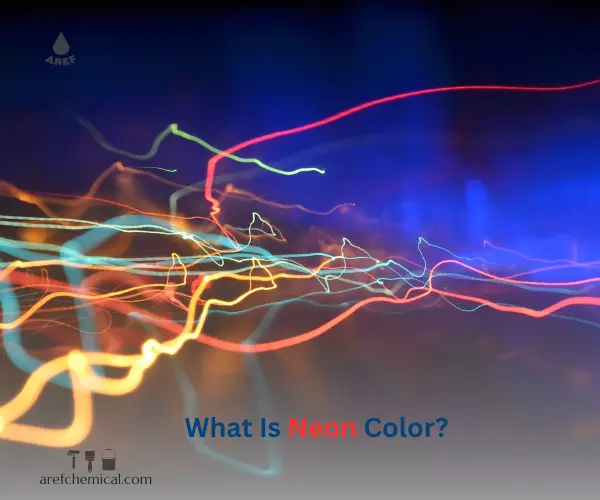
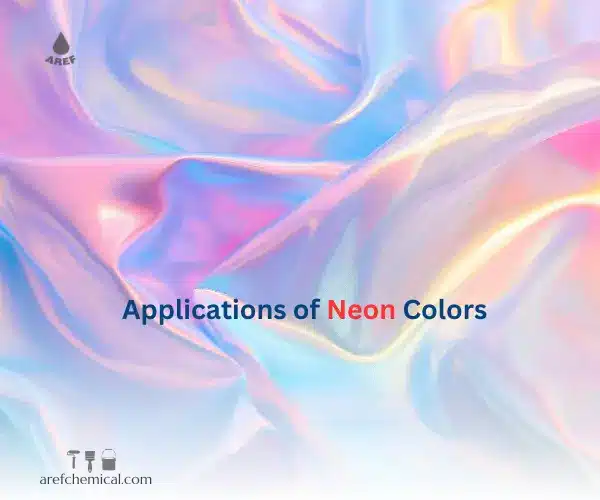
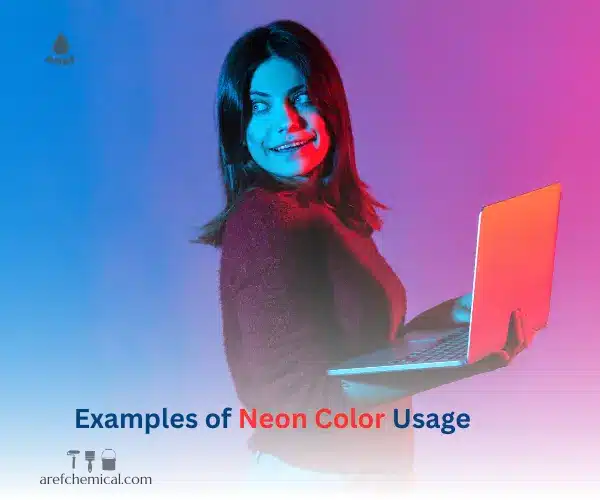
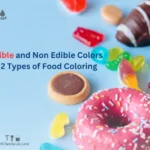
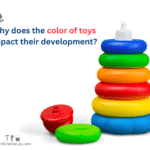
30 Responses
GREAT
Thank you
most beautiful color
I love neon colors
Its exciting neon color
Neon colors, such as pink, blue, green, and orange, are essentially bright, vibrant colors created using phosphors and fluorescent materials.
When placed in dark environments, their light becomes very strong and striking, and this feature makes them very popular in nighttime spaces, streets, advertising methods, and even in fashion and decoration design.
One of the reasons neon colors are so beautiful is because they convey a sense of modernity and excitement, as I said. In addition, these colors symbolize life, creativity, and energy.
Therefore, they are very suitable for spaces and designs that want to convey a sense of liveliness and attractiveness.
In art and design, the use of neon colors can emphasize specific parts of a picture, or as elements that need to attract attention. Also, in technology and engineering, these colors symbolize the future and innovation.
https://arefchemical.ir/%d8%b1%d9%86%da%af-%d9%86%d8%a6%d9%88%d9%86%db%8c-%da%86%db%8c%d8%b3%d8%aa/
✅✅✅✅✅
Neon colors are used in graphic design and logos as a means of attracting attention. These colors are especially popular in logos of youthful and innovative brands.
Neon colors are used in various fields due to their unique properties. Some of their most important applications include graphic and logo design.
Neon colors were first created in the 1930s with the development of optical technologies and new forms of colorant. These colors are based on phosphor compounds, fluorescent materials, and fluoresceins, which glow brightly when exposed to light.
During the manufacturing process, special chemicals, such as fluorescent dyes or phosphors, are used to color various materials so that the colors remain bright and vivid when exposed to light.
Today, new technologies such as real neon (based on neon gas) and electrostatic paints make these colors more durable and brighter.
The main difference between neon colors and regular colors is that they absorb light energy and reflect it more brightly and strongly. This feature makes neon colors a powerful tool for attracting attention. Regular colors, on the other hand, tend to reflect less light and have a duller, softer appearance.
The main difference between neon colors and regular colors is that they absorb light energy and reflect it more brightly and strongly. This feature makes neon colors a powerful tool for attracting attention. Regular colors, on the other hand, tend to reflect less light and have a duller, softer appearance.
🙌🙌🙌🙌🙌
🤩🤩🤩🤩🤩🤩
🙏🙏🙏🙏
https://qomtamirat.com/
Neon colors most of times are used in advertising
https://tavatranslation.com/
Neon colors are vibrant, luminous shades that seem to glow and catch the eye instantly. They include bright hues like neon pink, green, yellow, orange, blue, and purple.
These colors are often used in fashion, design, and advertising to create energetic, eye-catching effects.
Neon colors are characterized by their high brightness and intense hue saturation, making them stand out sharply against most backgrounds.
They became popular in the 1980s with the rise of neon signage and vibrant fashion trends, and they continue to be used today for their bold visual impact.
In design, neon colors can evoke feelings of excitement, modernity, and fun.
Neon clothing and accessories for bold, statement looks.
🙏🙏🙏🙏🙏🙏🙏🙏🙏